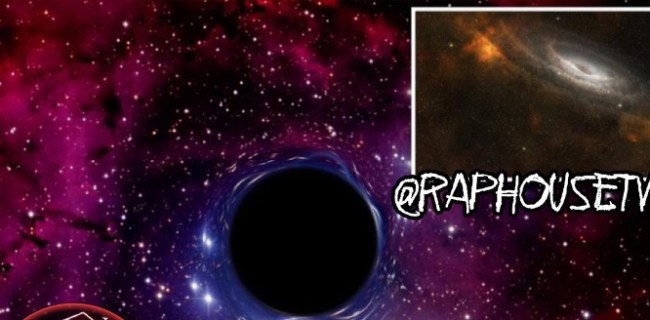Scientists discover a supermassive black hole that now faces Earth
Scientists revealed on Tuesday that the galaxy PBC J2333.9-2343 has been reclassified after the discovery of a supermassive black hole that currently faces our solar system, reports the Royal Astronomical Society.
“We started to study this galaxy because it had special properties. Our hypothesis was that the relativistic jet from its supermassive black hole had changed direction, and to confirm this idea we had to make many observations,” said Dr Lorena Hernández-García.
“The fact that we see that the nucleus no longer nourishes the lobes means that they are very old. These are relics of past activity, while structures closer to the core represent younger, active jets.
According to the company, the galaxy – about 657 million light-years away – was originally classified as a radio galaxy, but scientists realized the space phenomenon had rotated 90 degrees and is now pointing its center towards Earth.
Researchers from the Royal Astronomical Society now reveal that the galaxy spans nearly 4 million light-years, nearly 40 times the size of the Milky Way.
Scientists currently don’t know what triggered the directional shift, although several people believe that PBC J2333.9-2343 collided with another galaxy, resulting in a directional shift.
The Post has contacted the Royal Astronomical Society for comment.





Add comment